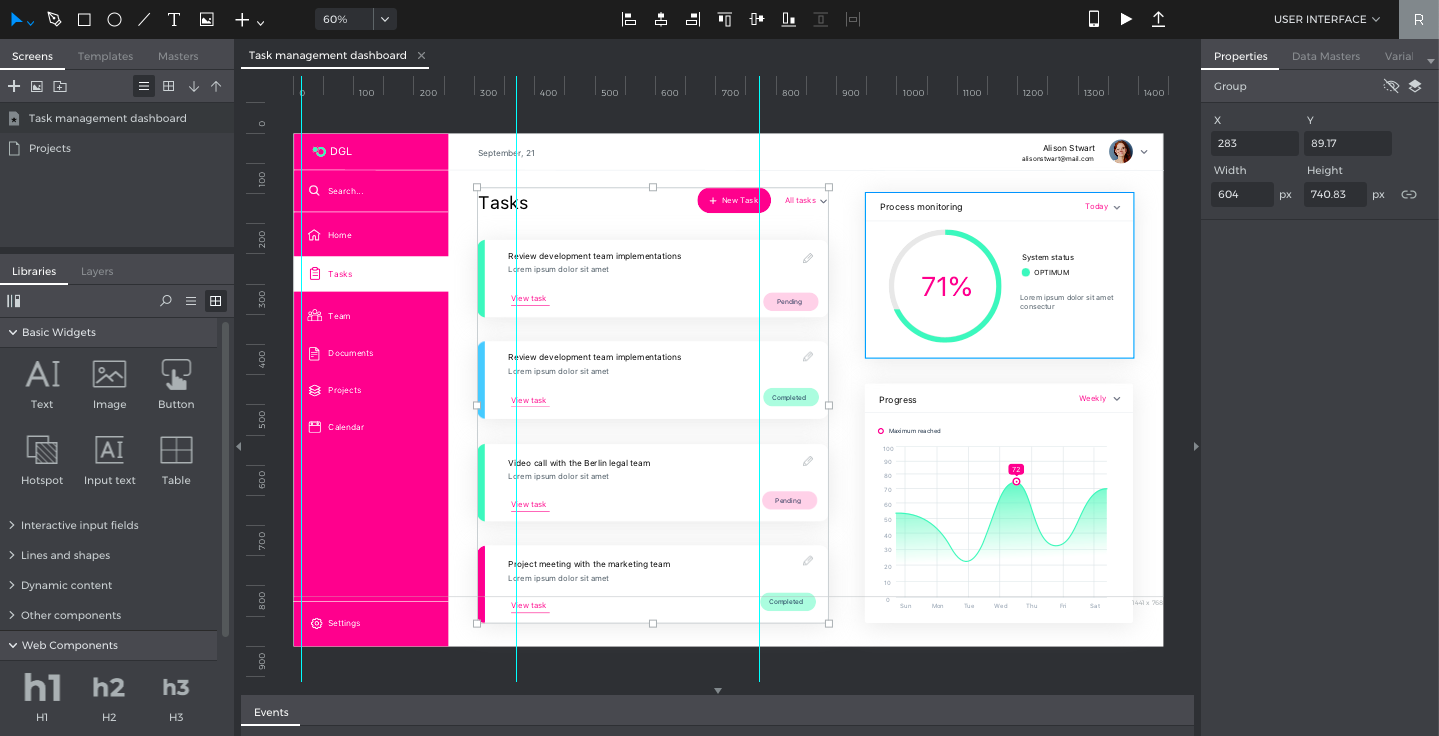Graphical User Interface Design Software Market Size, Industry Growth | 2032

The global Graphical User Interface Design Software Competitive Landscape is a highly concentrated and dynamic arena, characterized by a fierce rivalry among a small number of dominant platforms. The landscape is defined by rapid innovation cycles, where a lead in a critical feature like real-time collaboration or interactive components can quickly shift market sentiment and user adoption. The primary players compete intensely not just on individual features, but on the strength of their entire platform ecosystem. This includes the quality of their user experience, the performance of their application when handling large and complex files, the reliability of their cloud infrastructure, and the breadth and depth of their third-party plugin marketplace. The competitive strategy for these leaders is to become the indispensable "single source of truth" for a company's entire design operation, thereby creating a deep and defensible moat.
A key feature of the competitive landscape is the strategic use of acquisitions by larger, incumbent technology players to enter or strengthen their position in the market. As the strategic importance of UX/UI design has grown, established software giants have recognized the threat posed by agile, design-focused startups. In response, they have either invested heavily in building their own competing products or have acquired the leading challengers in multi-billion dollar deals. This has led to a consolidation of the market under the umbrellas of a few major technology corporations. This dynamic pits the vast resources and enterprise sales channels of the large incumbents against the focused, design-led culture of the remaining independent players, creating a classic battle for the hearts and minds of the global design community.
The competitive landscape is also profoundly shaped by the battle for the next generation of users. A crucial long-term strategy for all major players is to win over students, educational institutions, and design bootcamps. By offering free or heavily discounted educational licenses, these companies aim to make their tool the default platform that emerging designers learn on. This creates a powerful pipeline of future professional users who will bring a strong preference for a specific tool into the workplace, influencing future purchasing decisions. The Graphical User Interface Design Software market is projected to grow USD 54.60 Billion by 2032, exhibiting a CAGR of 10.00% during the forecast period 2024-2032. This focus on community building, evangelism, and education is a critical, non-technical dimension of the competitive landscape.
Top Trending Reports -
- Art
- Causes
- Crafts
- Dance
- Drinks
- Film
- Fitness
- Food
- Games
- Gardening
- Health
- Home
- Literature
- Music
- Networking
- Other
- Party
- Religion
- Shopping
- Sports
- Theater
- Wellness
